Venetian Glass: From Ancient Origins to Exquisite Jewelry & Modern Art
Curious about Venetian glass history and its origins? Discover how Murano's master craftsmen perfected this ancient art form over centuries. Explore stunning Venetian glass jewelry collections and admire contemporary Venetian glass art pieces that blend tradition with innovation. Learn why these radiant creations remain symbols of Italian luxury and craftsmanship worldwide.
Table of Contents
As a proud local of Venice, Italy, I have always been captivated by the exquisite beauty and rich history of Venetian Glass. This unique craft has been an integral part of our city's identity for centuries, and it continues to enchant visitors from all over the world. In this article, I will take you on a journey through the fascinating world of Venetian Glass, exploring its history, origins, its role in jewelry, and its remarkable presence in art.
1. Venetian glass history
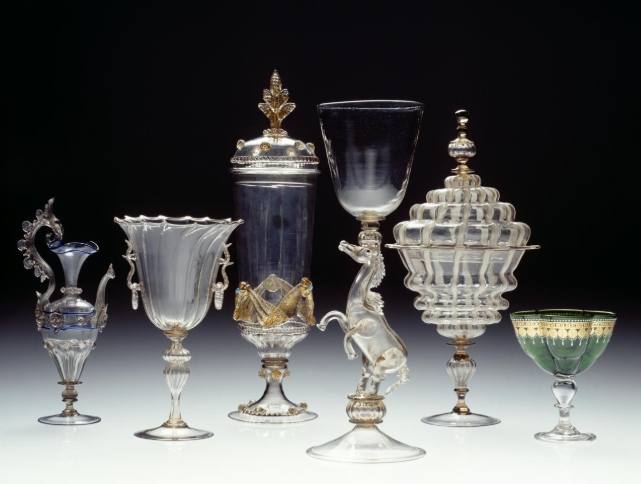
1.1 Early Beginnings
The story of Venetian Glass dates back to ancient times, although its exact origins are somewhat shrouded in mystery. It is believed that glassmaking techniques were first introduced to the Venetian region by the Romans. During the Roman Empire, glass was primarily used for practical purposes such as containers for liquids and medicines. However, as time went on, the Venetians began to experiment with glassmaking, developing their own unique style and techniques.
1.2 The Rise of Venetian Glass in the Middle Ages
In the Middle Ages, Venetian Glass truly began to flourish. The city of Venice, with its strategic location and thriving trade routes, became a hub for glassmaking. The Venetians were able to source high-quality raw materials, such as sand and soda ash, from nearby regions. This, combined with their innovative skills, allowed them to produce glass of exceptional quality.
During this period, Venetian Glassmakers started to create more decorative and artistic pieces. They developed techniques such as enamel decoration, which involved applying colored glass paste to the surface of the glass and then firing it to create intricate designs. This marked a significant shift from the purely functional glassware of the past.
1.3 The Move to Murano
One of the most important events in Venetian glass history was the relocation of the glassmaking industry to the island of Murano in the 13th century. There were several reasons for this move. Firstly, the glass furnaces posed a significant fire hazard to the wooden buildings of Venice. Secondly, the Venetian government wanted to keep the secrets of glassmaking within the city's borders. By moving the industry to Murano, they could more easily control the flow of information and prevent the spread of glassmaking techniques to other regions.
The move to Murano proved to be a turning point for Venetian Glass. The glassmakers on the island were able to focus on their craft without the distractions of the city. They continued to innovate and develop new techniques, such as the creation of crystal glass, which was clearer and more brilliant than traditional glass.
1.4 The Golden Age of Venetian Glass
The 15th and 16th centuries are often referred to as the Golden Age of Venetian Glass. During this time, Venetian Glass was in high demand throughout Europe. The glassmakers of Murano produced a wide variety of items, including chandeliers, mirrors, goblets, and vases. These pieces were not only functional but also works of art, adorned with elaborate decorations and intricate designs.
Venetian Glass became a symbol of wealth and status. Nobles and aristocrats from all over Europe commissioned Venetian glassmakers to create custom pieces for their homes. The reputation of Venetian Glass spread far and wide, and it became one of the most sought-after luxury items of the time.
1.5 Decline and Revival
However, like many other industries, Venetian Glass faced challenges in the following centuries. The rise of industrialization in other parts of Europe led to the mass production of glass, which was cheaper and more readily available than Venetian Glass. Additionally, political and economic instability in Venice further contributed to the decline of the glassmaking industry.
In the 20th century, there was a renewed interest in traditional crafts, including Venetian Glass. Artists and designers began to appreciate the unique beauty and quality of Venetian Glass, and efforts were made to revive the industry. Today, Venetian Glass is once again a thriving industry, with glassmakers on Murano continuing to produce high-quality glass using traditional techniques.
2. Origins of Venetian glass
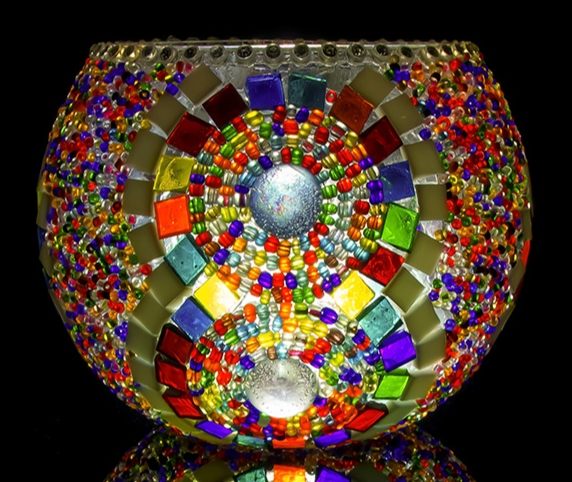
2.1 Geographical Influences
The origins of Venetian Glass are closely tied to the geographical location of Venice. The city is situated on a lagoon, which provided easy access to the sea and trade routes. This allowed the Venetians to import raw materials from other regions, such as sand from the nearby mainland and soda ash from the Middle East. The availability of these materials was crucial for the development of the glassmaking industry.
The lagoon also provided a natural barrier against invaders, which helped to protect the glassmaking secrets of the Venetians. The isolated nature of Murano, where the glassmaking industry was relocated, further contributed to the preservation of these secrets.
2.2 Cultural Exchange
Venice has always been a melting pot of cultures, with traders and travelers from all over the world passing through its ports. This cultural exchange played a significant role in the origins of Venetian Glass. The Venetians were exposed to different glassmaking techniques and styles from other regions, which they incorporated into their own craft.
For example, the Byzantine Empire, which had a long history of glassmaking, influenced the Venetians with its use of gold and silver leaf in glass decoration. The Arabs also introduced new techniques, such as the use of colored glass and the creation of intricate patterns.
2.3 Early Glassmaking Techniques
The early glassmaking techniques used by the Venetians were a combination of Roman and Byzantine methods. They used a furnace to melt the raw materials, which were then shaped into various forms using molds or by blowing the glass. The glassblowing technique, in particular, was a key development in Venetian Glass. It allowed the glassmakers to create more complex and detailed shapes, such as bottles, jars, and bowls.
The Venetians also developed their own unique techniques for coloring glass. They used various metal oxides to create a wide range of colors, including blue, green, red, and yellow. These colored glasses were often used in combination to create beautiful and intricate designs.
2.4 The Role of the Guilds
In the early days of Venetian Glass, the glassmaking industry was organized into guilds. These guilds played a crucial role in the development and preservation of the craft. They set standards for the quality of glass, regulated the training of apprentices, and protected the secrets of glassmaking.
The guilds also provided a sense of community and support for the glassmakers. They organized festivals and competitions to showcase the work of their members and to promote the reputation of Venetian Glass. The guild system helped to ensure the continuity of the glassmaking tradition in Venice.
2.5 The Influence of the Church
The Church also had a significant influence on the origins of Venetian Glass. During the Middle Ages, the Church was a major patron of the arts, and it commissioned many glass pieces for use in churches and cathedrals. These pieces included stained glass windows, chalices, and reliquaries.
The Church's demand for high-quality glass encouraged the Venetian glassmakers to improve their techniques and to create more elaborate and beautiful pieces. The stained glass windows, in particular, became a hallmark of Venetian Glass, with their vibrant colors and intricate designs.
2.6 The Legacy of the Early Glassmakers
The early glassmakers of Venice laid the foundation for the success of Venetian Glass. Their innovative techniques, dedication to quality, and commitment to preserving the secrets of their craft have been passed down through generations. Today, the glassmakers on Murano continue to honor this legacy, using traditional methods to create glass that is as beautiful and unique as it was centuries ago.
3. Venetian Glass jewelry
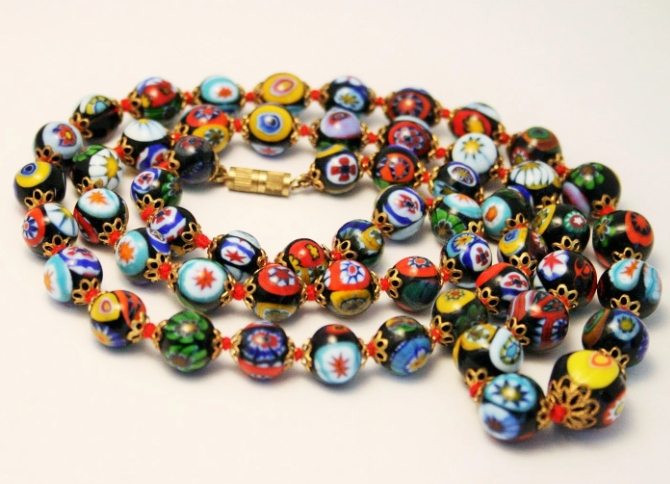
3.1 Historical Significance
Venetian Glass has been used in jewelry making for centuries. During the Renaissance period, Venetian Glass jewelry became extremely popular among the nobility and aristocracy. The glassmakers of Murano created exquisite beads, pendants, and earrings that were adorned with precious metals and gemstones.
Venetian Glass jewelry was not only a symbol of wealth and status but also a form of artistic expression. The glassmakers used their skills to create intricate designs and patterns, often inspired by nature, mythology, and religious themes. These pieces were highly prized and were often passed down through generations as family heirlooms.
3.2 Techniques Used in Venetian Glass Jewelry Making
The techniques used in Venetian Glass jewelry making are a combination of traditional glassmaking methods and jewelry-making skills. One of the most common techniques is lampworking, which involves melting glass rods over a flame and shaping them into beads or other small components. Lampworking allows the glassmaker to create a wide variety of shapes and colors, making it ideal for jewelry making.
Another technique used in Venetian Glass jewelry is enamel decoration. This involves applying colored glass paste to the surface of the glass and then firing it to create a smooth, glossy finish. Enamel decoration can be used to create intricate patterns and designs, adding a touch of elegance to the jewelry.
3.3 Types of Venetian Glass Jewelry
There are many different types of Venetian Glass jewelry available today. One of the most popular is the Murano glass bead necklace. These necklaces are made up of a series of colorful glass beads, each one unique in shape and design. They can be worn as a statement piece or combined with other jewelry to create a more layered look.
Venetian Glass earrings are also highly sought after. They come in a variety of styles, from simple studs to elaborate dangle earrings. The glass beads used in the earrings can be combined with precious metals, such as gold or silver, to create a more luxurious look.
3.4 Modern Trends in Venetian Glass Jewelry
In recent years, there has been a resurgence of interest in Venetian Glass jewelry. Modern designers are incorporating traditional Venetian Glass techniques into contemporary designs, creating jewelry that is both timeless and fashionable.
One trend is the use of bold colors and geometric shapes. Venetian Glass beads in bright hues, such as turquoise, fuchsia, and emerald green, are being combined with clean, modern lines to create jewelry that stands out. Another trend is the mixing of different materials, such as glass and leather or glass and wood, to create a more eclectic look.
3.5 Collecting Venetian Glass Jewelry
Collecting Venetian Glass jewelry can be a rewarding hobby. Each piece is unique, with its own history and story. When collecting Venetian Glass jewelry, it is important to look for pieces that are made by reputable glassmakers on Murano. These pieces are more likely to be of high quality and to retain their value over time.
It is also a good idea to learn about the different techniques and styles used in Venetian Glass jewelry making. This will help you to appreciate the craftsmanship and artistry that goes into each piece.
3.6 Venetian Glass Jewelry as a Gift
Venetian Glass jewelry makes a wonderful gift for any occasion. Whether it is a birthday, anniversary, or holiday, a piece of Venetian Glass jewelry is sure to be cherished by the recipient. The unique beauty and craftsmanship of Venetian Glass jewelry make it a thoughtful and memorable gift.
4. Venetian glass art
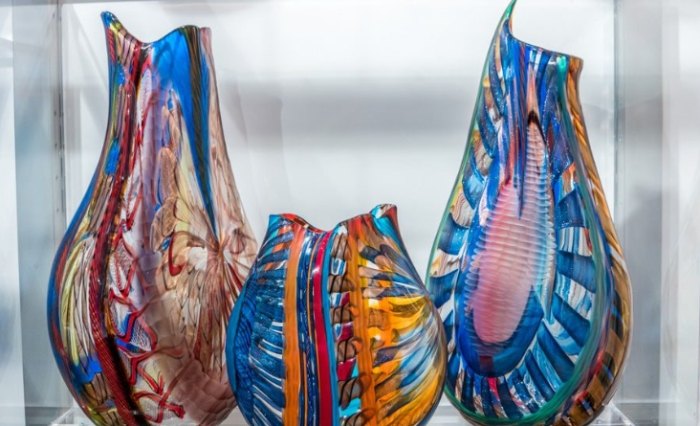
4.1 Venetian Glass Sculptures
Venetian Glass sculptures are a testament to the skill and creativity of the glassmakers on Murano. These sculptures can range from small, delicate pieces to large, imposing works of art. They are often inspired by nature, mythology, or abstract concepts.
The process of creating a Venetian Glass sculpture is a complex one. The glassmaker starts by heating the glass in a furnace until it reaches a malleable state. Then, using a variety of tools, such as pliers, shears, and blowpipes, the glassmaker shapes the glass into the desired form. This can be a time-consuming and challenging process, as the glass must be worked quickly before it cools and solidifies.
4.2 Venetian Glass Chandeliers
Venetian Glass chandeliers are perhaps the most iconic form of Venetian glass art. These chandeliers are known for their elaborate designs, intricate details, and brilliant colors. They are often adorned with crystal prisms, which refract light and create a dazzling display.
The creation of a Venetian Glass chandelier is a labor-intensive process. It can take months or even years to complete a single chandelier, depending on its size and complexity. The glassmakers must carefully assemble each piece of glass, ensuring that it is perfectly aligned and securely attached.
4.3 Venetian Glass Mirrors
Venetian Glass mirrors are another form of Venetian glass art that has a long and rich history. These mirrors are known for their high-quality glass, which is often tinted or decorated with gold or silver leaf. The frames of Venetian Glass mirrors are also highly decorative, often featuring intricate carvings or inlays.
Venetian Glass mirrors were highly prized during the Renaissance period, and they were often used to decorate the palaces and homes of the nobility. Today, they continue to be a popular choice for those who appreciate fine craftsmanship and timeless beauty.
4.4 Venetian Glass Mosaics
Venetian Glass mosaics are a unique form of art that combines glassmaking with the art of mosaic-making. These mosaics are created by arranging small pieces of colored glass, known as tesserae, into a pattern or image. The glass pieces can be cut into a variety of shapes and sizes, allowing for a wide range of designs.
Venetian Glass mosaics have been used to decorate churches, palaces, and public buildings for centuries. They are known for their vibrant colors, intricate details, and durability. Today, Venetian Glass mosaics are still used in contemporary art and design, adding a touch of elegance and sophistication to any space.
4.5 Contemporary Venetian Glass Art
In addition to traditional forms of Venetian glass art, there is also a thriving contemporary scene. Modern glass artists are pushing the boundaries of what is possible with Venetian Glass, creating innovative and thought-provoking works of art.
These contemporary artists often incorporate new materials and techniques into their work, such as laser cutting, 3D printing, and digital design. They also explore themes that are relevant to today's world, such as environmental issues, social justice, and technology.
4.6 The Role of Venetian Glass Art in Venetian Culture
Venetian glass art plays an important role in Venetian culture. It is a source of pride for the people of Venice, and it helps to preserve the city's rich history and traditions. Venetian glass art is also a major tourist attraction, drawing visitors from all over the world to see the beautiful and unique works of art created on Murano.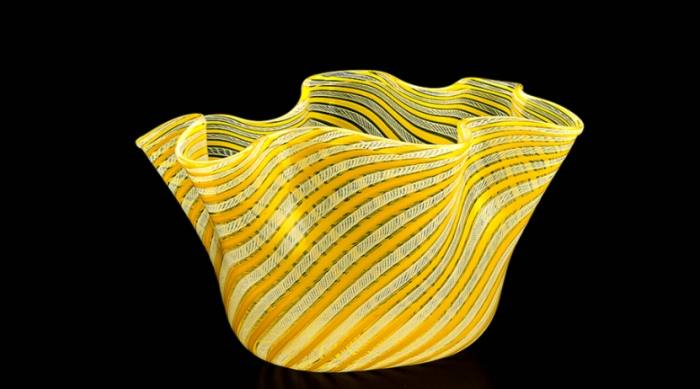
Q&A
1. What is special about Venetian glass?
Venetian Glass is special for several reasons. Firstly, it has a long and rich history that dates back centuries. The glassmakers of Murano have developed unique techniques and styles that have been passed down through generations, resulting in glass that is of exceptional quality and beauty. Secondly, Venetian Glass is known for its vibrant colors and intricate designs. The glassmakers use a variety of techniques, such as enamel decoration and lampworking, to create pieces that are truly works of art. Finally, Venetian Glass is a symbol of Venetian culture and tradition. It represents the skill and creativity of the people of Venice and is an important part of the city's identity.
2. Is Venetian glass expensive?
Venetian Glass can vary in price depending on several factors, such as the size, complexity, and quality of the piece. Handmade Venetian Glass jewelry and art pieces are generally more expensive than mass-produced glass items. This is because the creation of Venetian Glass is a labor-intensive process that requires a high level of skill and expertise. Additionally, pieces made by well-known glassmakers or those with unique designs may command a higher price. However, there are also more affordable Venetian Glass items available, such as small beads or simple jewelry pieces, that allow people to enjoy the beauty of Venetian Glass without breaking the bank.
3. What is the difference between Murano glass and Venetian glass?
Murano glass and Venetian glass are often used interchangeably, but there is a subtle difference between the two. Murano glass refers specifically to glass that is made on the island of Murano, near Venice. The glassmakers on Murano have a long history of glassmaking and are known for their unique techniques and styles. Venetian glass, on the other hand, is a broader term that encompasses all glass that is made in the Venetian region, including Murano. In practice, most of the high-quality glass that is associated with Venice is made on Murano, so the two terms are often used to refer to the same type of glass.
4. How to tell if Venetian glass is real?
There are several ways to tell if Venetian glass is real. Firstly, look for a signature or label from the glassmaker. Reputable glassmakers on Murano often sign their pieces or include a label with information about the piece, such as the name of the glassmaker, the date of creation, and the type of glass used. Secondly, examine the quality of the glass. Real Venetian Glass is made using high-quality raw materials and traditional techniques, resulting in glass that is clear, brilliant, and free of imperfections. Thirdly, consider the design and craftsmanship of the piece. Real Venetian Glass jewelry and art pieces are often highly detailed and intricate, with a level of craftsmanship that is difficult to replicate. Finally, if you are unsure about the authenticity of a piece of Venetian Glass, it is a good idea to consult with an expert or a reputable dealer.